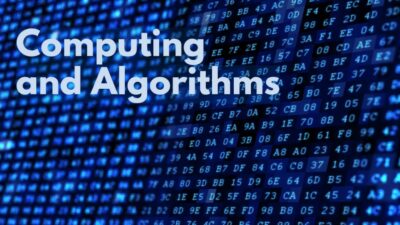This article explains key concepts related to time and frequency measurement, focusing on the work of NIST (National Institute of Standards and Technology) and the BIPM (International Bureau of Weights and Measures). It defines terms such as ambiguity in timekeeping, atomic clocks, atomic oscillators, and time scales like UTC (Coordinated Universal Time) and TAI (International Atomic Time). The article also describes how atomic clocks use the precise energy transitions of atoms, like cesium, to measure time with extreme accuracy. NIST provides time services like ACTS to synchronize computer clocks to UTC(NIST), ensuring accurate timekeeping across systems.
The BIPM plays a crucial role in maintaining global time standards by averaging data from over 70 laboratories worldwide to produce TAI, which becomes UTC after accounting for leap seconds. This ensures consistency in time measurements globally. The article also touches on related concepts like bandwidth, beat frequencies, and attoseconds, highlighting the importance of precise time and frequency standards in science, technology, and communication.
Keywords: atomic oscillator, atomic clock, time scale



